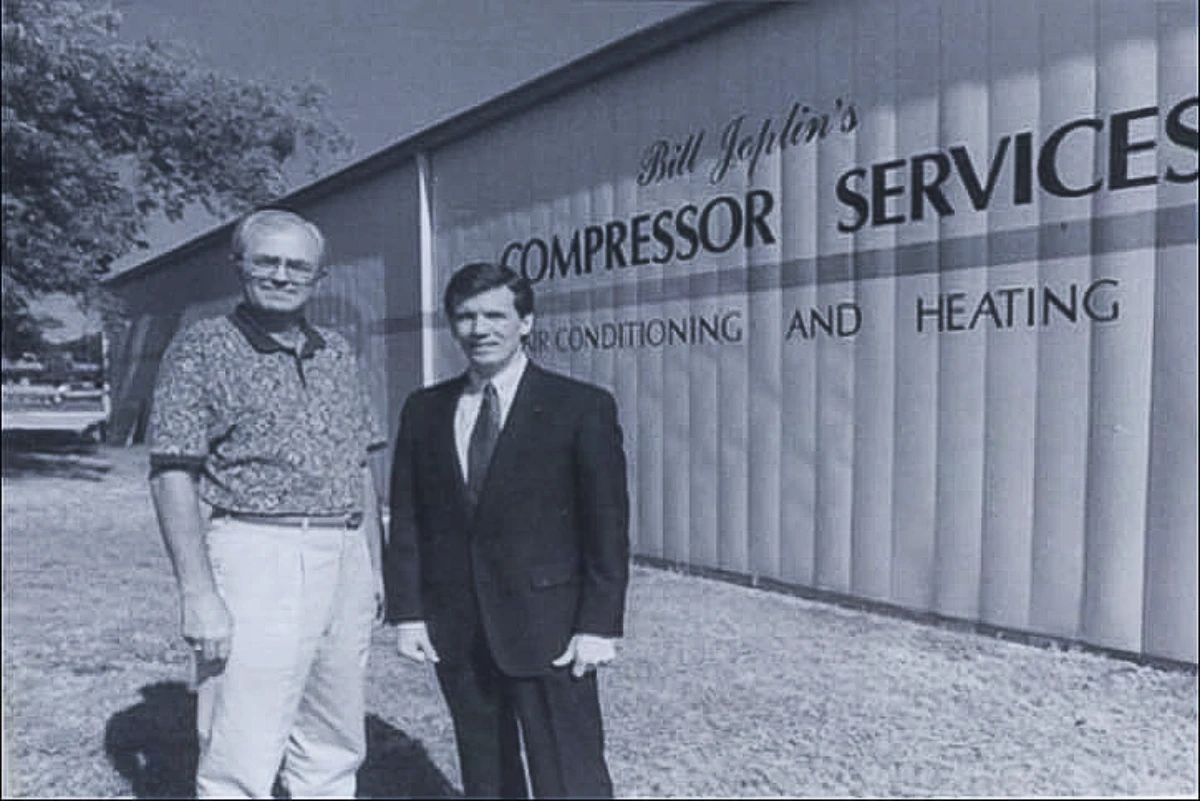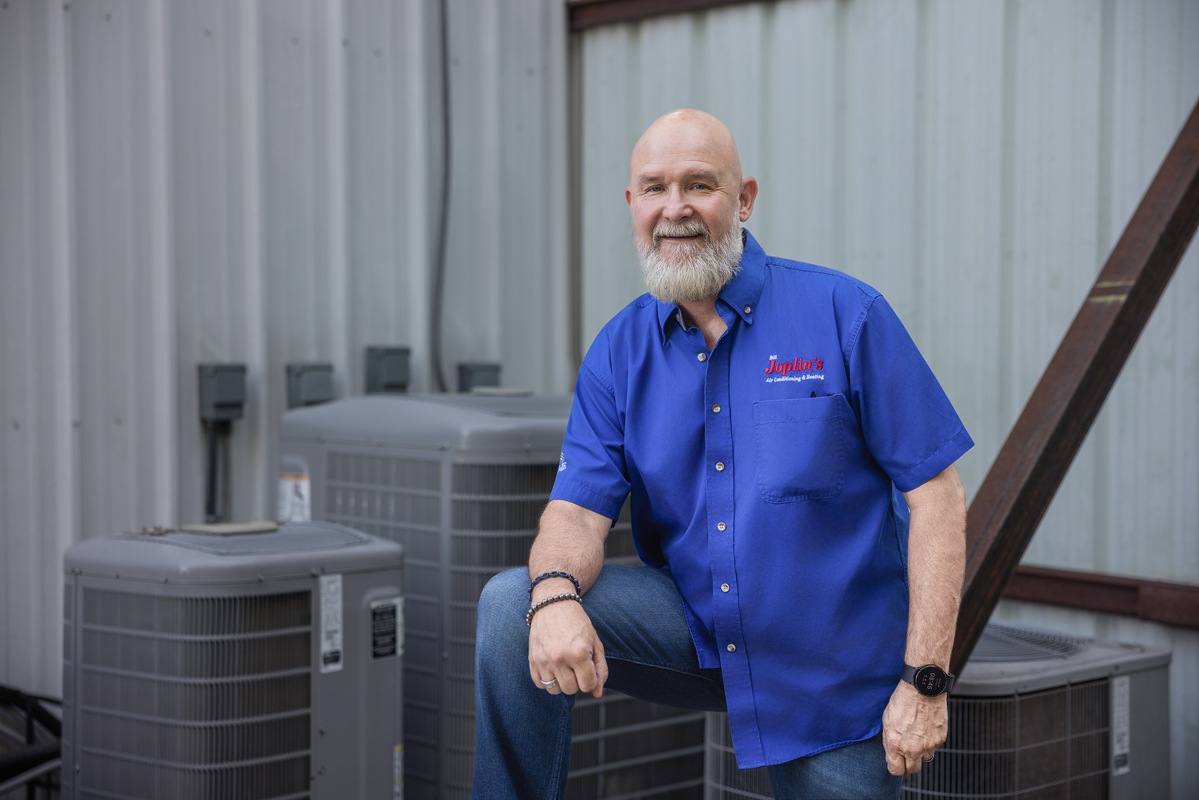If you’re still making up your mind about whether or not to install a geothermal heat pump, the following brief introduction to geothermal heat pump technology should help with your decision.
Heat Pump Basics
Heat pumps work by capturing and releasing heat, moving heat from one place to another. Air-source heat pumps use the air surrounding the unit as the medium for heat capture and dispersal. Geothermal models, in contrast, use the soil outside your home as the place where heat is either absorbed or dispersed.
Geothermal System Components
A geothermal system consists of the indoor heat pump itself and associated components, such as heat exchangers and air-handling fans that distributed heated or cooled air. The indoor equipment is connected to a lengthy series of pipes or tubes, called the loop, that extend a few feet away from your home. The loop pipes are buried in the ground at a depth of about six to 10 feet, where the temperature of the soil surrounding the pipes stays about the same throughout the year.
Inside the loop pipes is a water and antifreeze solution, or sometimes plain water. The liquid circulates through the loop, into your home to the indoor unit, and back into the outdoor pipes. As the liquid captures or releases heat, it warms or cools the inside of your home.
How the Loop Works
When heating your home, the liquid in the loop pipes warms up as it absorbs heat from the surrounding soil. The warm liquid circulates into your home, where the heat is transferred to air that’s blown through the ductwork and into your home. Cooling operations work in reverse. The liquid in the loop absorbs heat from inside your home, producing cool air. The heat is then dispersed into the ground via the outdoor loop pipes.
For more than 36 years, Bill Joplin’s Air Conditioning & Heating has been a premier choice for HVAC services in Allen, Dallas, McKinney, Plano and neighboring Texas communities. Contact us today for more information on how a geothermal heat pump works and if one is right for your home.


